Here’s what the Romantic poetry form is:
Romantic Poetry describes a style of poetry, a school of thought, and most accurately an era starting in the late 18th century in which poetry was dominated by emotion, nature, and an obsession with the sublime.
It was the direct result of an intellectual rejection of the preceding Enlightenment era’s ideals.
So if you want to learn all about the Romantic poetry type, then you’ve come to the right place.
Let’s jump right in!

Forms of Poetry: Romantic Poetry
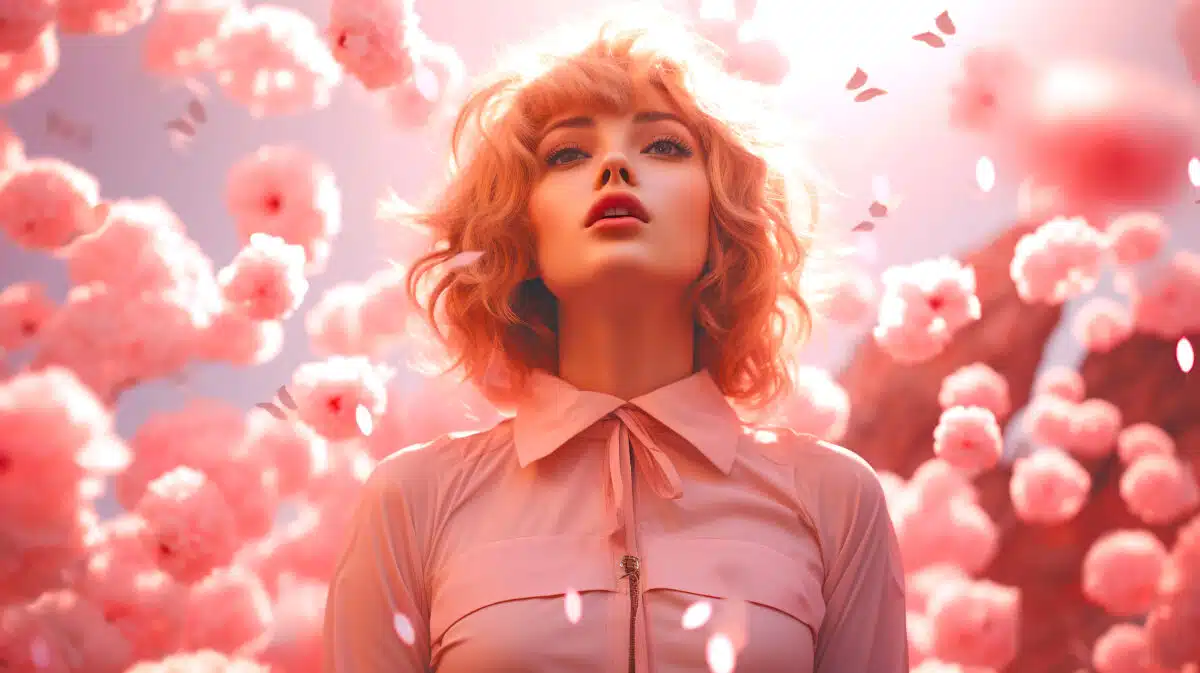
While poetry is often thought of as romantic in a broad sense, Romantic Poetry as a proper noun refers to poetry from the Romantic era, a movement that took place throughout the arts in the late 18th century.
This movement and its resulting works are known for being fanciful and emotional, and Romanticism has greatly influenced the public image of an ideal poet, perhaps more so than any other art form.
Ultimately Romanticism, like many other movements in history, was a reaction to the period beforehand.
In this case, it was a rebellion against the ideal arts of the Enlightenment era and Neoclassical poetry.
For poetry, Romanticism marked a movement away from various forms that imitated Greek poetry, such as epics, odes, and elegies.
Some of the most famous names in Romantic poetry included John Keats, Samuel Coleridge, William Wordsworth, and Lord Byron, among many others.
Basic Properties of Romantic Poetry
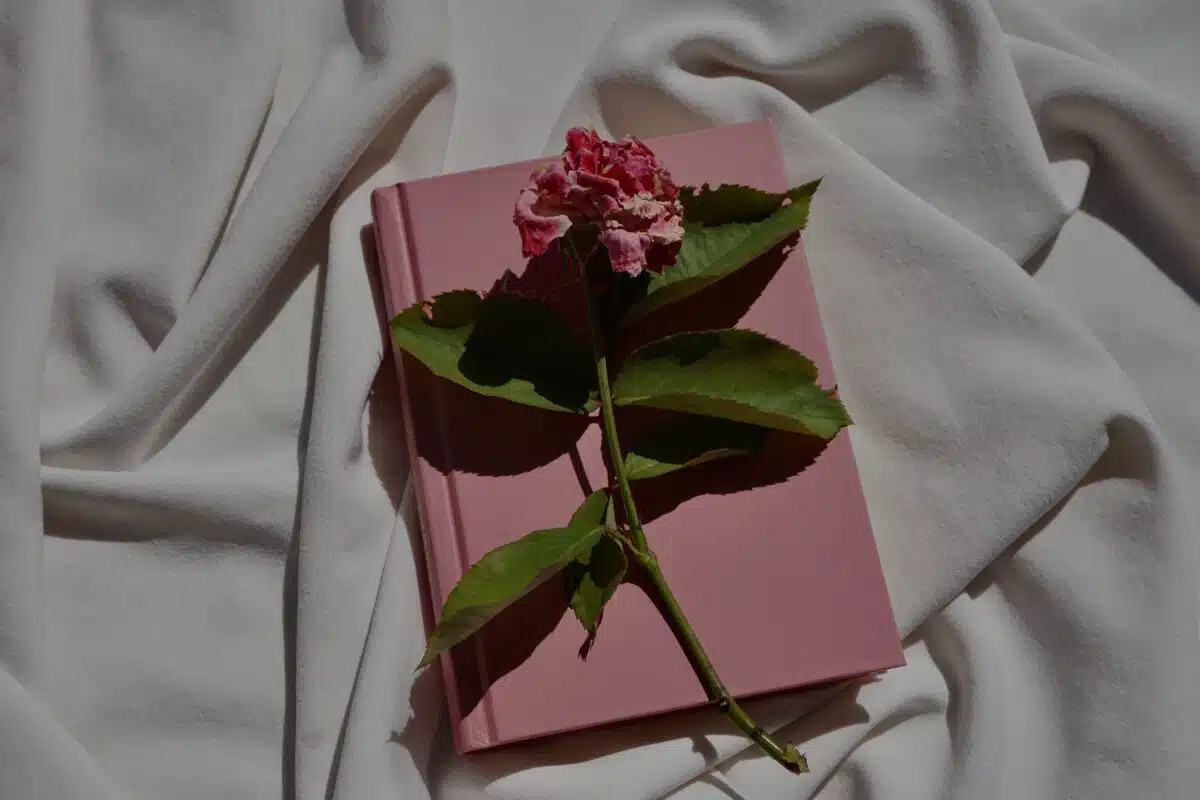
| Rhyme Structure | Varies |
| Meter | Varies |
| Origin | Post-Enlightenment era Europe |
| Popularity | Poems from this era continue to appear in reprinted collections as staples of literature today. |
| Theme | Emotion, beauty, nature; especially the sublime |
The Importance of the Sublime
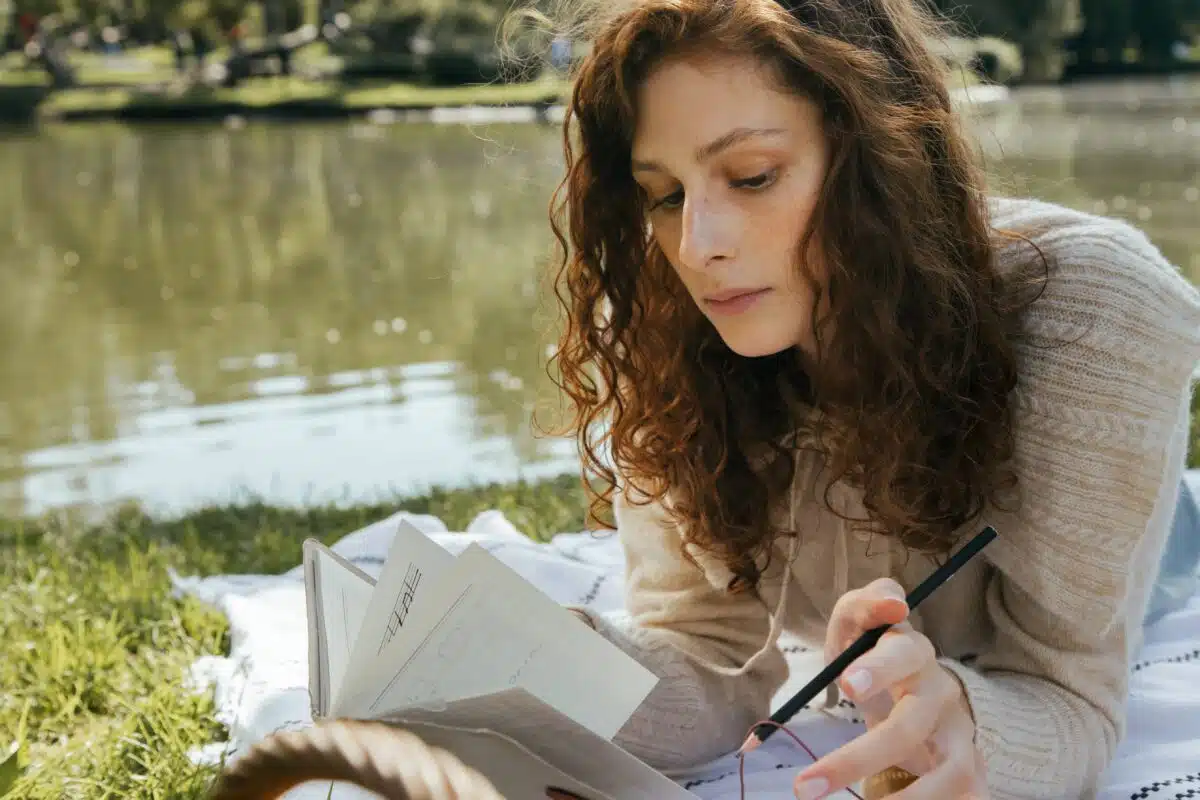
Romantic poetry is preoccupied with the sublime.
Many would argue that the sublime is THE concept defining Romantic poetry, and it is essentially this idea that literature can push a person’s emotional state beyond their own personal experiences.
The sublime tends to be associated with beauty and grandeur, but it can also relate to horror, tragedy, and the grotesque.
One easy way to define the sublime, although it cheapens it a bit, is to say that it is characterized by greatness.
This greatness can be the result of craftsmanship, spiritual wisdom, moral standing, etc.
It remains an important aspect of art and literature even today, though it has always been and always will be vaguely defined by its very nature.
The concept of the sublime actually dates as far back as the 1st century AD, to the works of Longinus.
In this early concept of the sublime, there was a sense of awe associated with the sublime, and especially an attention to how the sublime worked in persuasive speeches and rhetoric.
British philosophy is more likely to liken the sublime to something found in nature, an aesthetic quality that is far greater than anything humanity can create.
German philosophy has been influenced by Kant, who held that the sublime could be divided up into parts, depending on how it is achieved.
Note that he separates his idea of the sublime from the concept of beauty but holds that both are in some sense infinite.
Realistically, that which is “sublime” seems to vary from person to person, depending on who you speak to, but there is a general evolution of concepts over time, passed down for millennia.
Romantic poetry can be seen as an attempt to create something that evokes the sublime, even if it can’t be pinned down in simple terms.
How is Romantic Poetry Characterized?

Put in its simplest terms, Romantic poetry is the product of emotion, at least ideally.
There was still sometimes a preoccupation with form and structure, but the obsessions with logic and intellect took a backseat to displays of passion and flights of fancy.
There is a desire for freedom boiling beneath Romantic poems; a sense that people are tethered by their attachments to convention, science, custom, and even religion.
Romantic poems idealize the human heart as it is and embellish the importance of emotions above all else.
They are not dialogues about common sense, but instead can be seen as acts of rebellion against the very notion of common sense.
The importance of imagination in Romantic poetry cannot be understated.
The images and metaphors tend to be extreme and even dreamlike.
Everything in the poem exists to portray a feeling or complex series of feelings, from the first word to the last.
Beauty is important to Romantic poetry, but it is not necessarily fixated on some shallow notion of beauty.
Something disgusting that evokes a strong emotion can still be worthwhile, if it elicits an instinctual reaction from the reader.
The phrase “so ugly that it’s cute” would feel right at home in the mouth of a Romantic poet.
Though it’s not a concrete emphasis, there was a tendency to rely on images from nature.
This was usually directly correlated with displaying a love of nature through poetry and through its use as a vehicle in poetry.
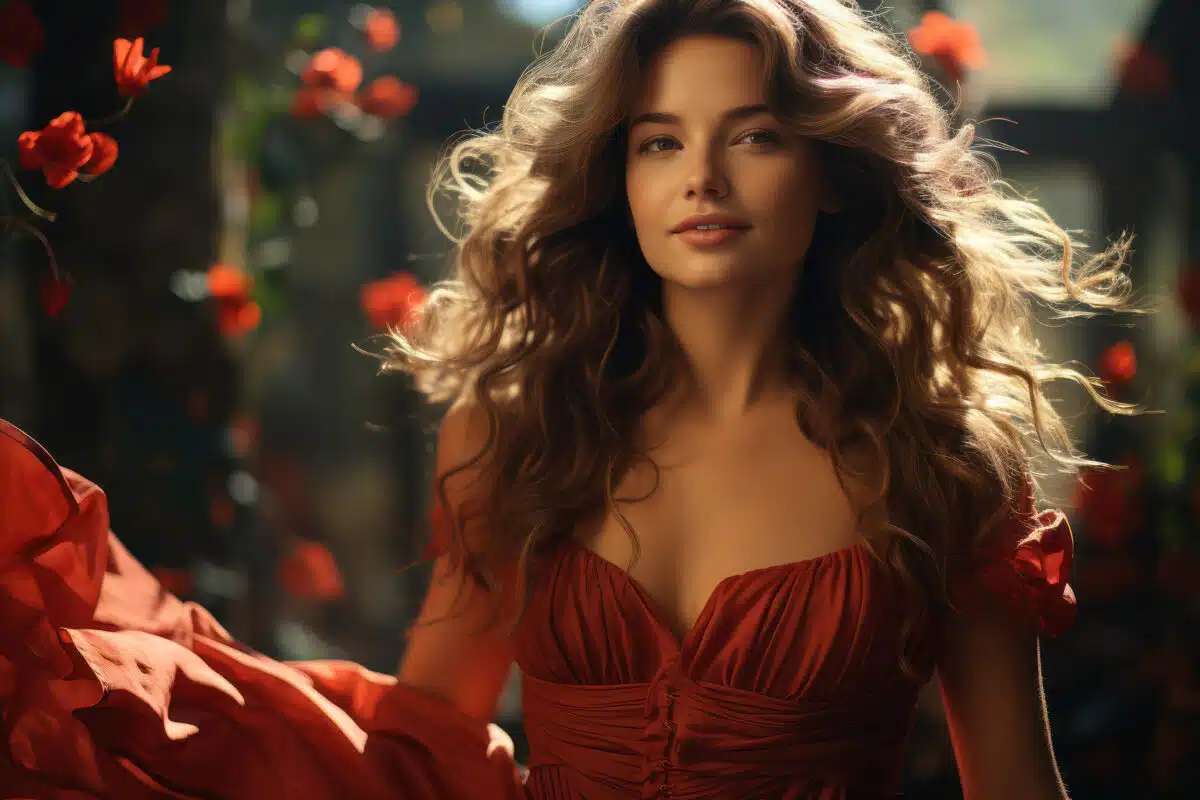
Of course, as Romantic poetry was chiefly pushed along by whatever the poets were passionate about, it can be loosely associated with a variety of concepts.
Love, death, the supernatural, various historical ages that evoked nostalgia for the writers, but most chiefly a sense of subjectivity.
Romantic poems are not provable or disprovable.
They simply are.
It’s important to note that Romantic poetry was not exclusively an English movement.
French literature went through a similar phase, with the movement winding its way through every branch of French literature, even theatre.
Most of the western powers at least felt the impact of Romanticism in some way, shape, or form.
Even the United States had their own variant of Romanticism around this time, though it was less historically significant.
A relatively short-lived movement known as Transcendentalism, which merged Romanticism with some influence from Kant’s philosophy and Indian religions, laid roots in the late 1820s.
Notable American writers who were influenced by or associated with Romanticism include Walt Whitman and Edgar Allan Poe, though Poe is noteworthy for having been a vocal adversary of Transcendentalism.
Despite his works often being thought of as Romantic, Poe strongly believed that logic and deduction were central to the human experience.
Examples of Romantic Poetry
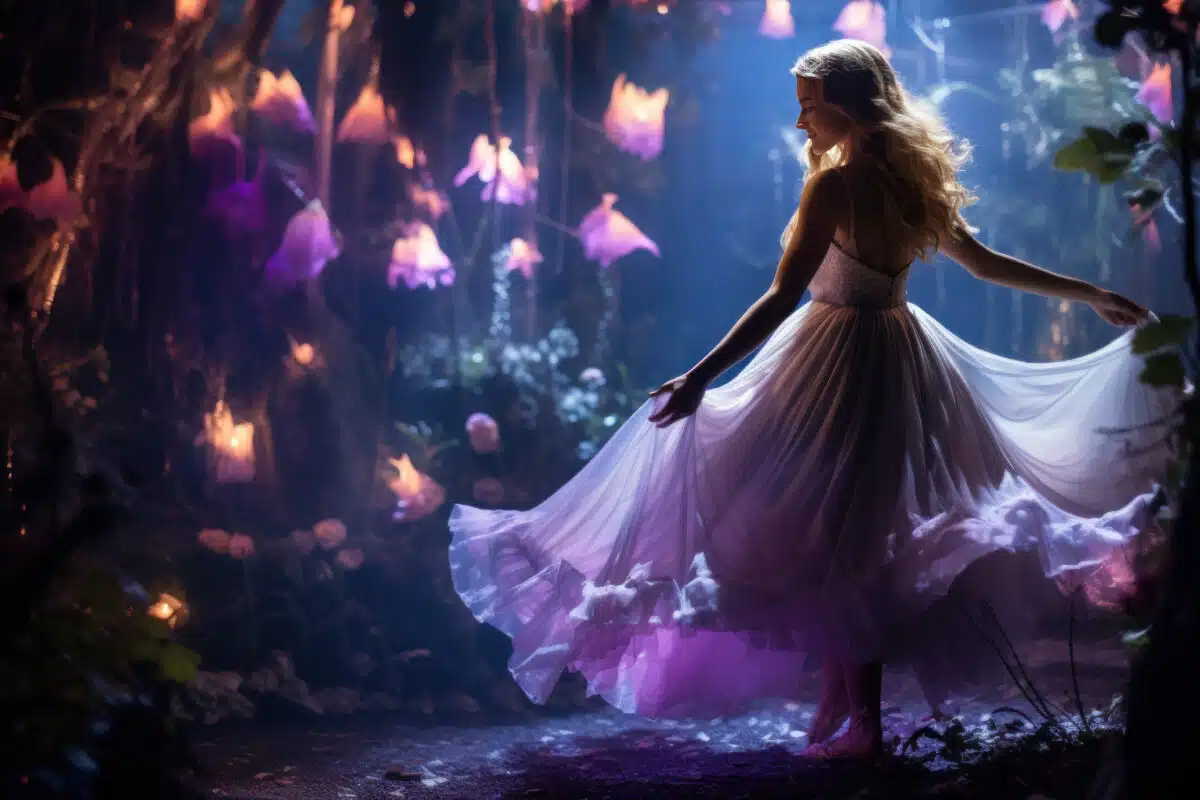
My heart leaps up by William Wordsworth
My heart leaps up when I behold
A rainbow in the sky:
So was it when my life began;
So is it now I am a man;
So be it when I shall grow old,
Or let me die!
The Child is father of the Man;
And I could wish my days to be
Bound each to each by natural piety.
“My heart leaps up” is a perfect example of how Romanticism tends to idealize nature.
While it’s a very simple poem, it’s evocative of the notions that Romanticism founds itself on.
The proclamation, “Or let me die,” is essential to the poem.
Wordworth is declaring that he wants to find something awe-inspiring within rainbows, and that if he ever becomes incapable of feeling that sense of awe, he’d rather be dead.
This intense devotion to finding feeling, especially in response to the natural world, is central to the ideals of Romanticism.
As brief as it is, this poem is a neat little microcosm of what the movement as a whole meant for many writers.
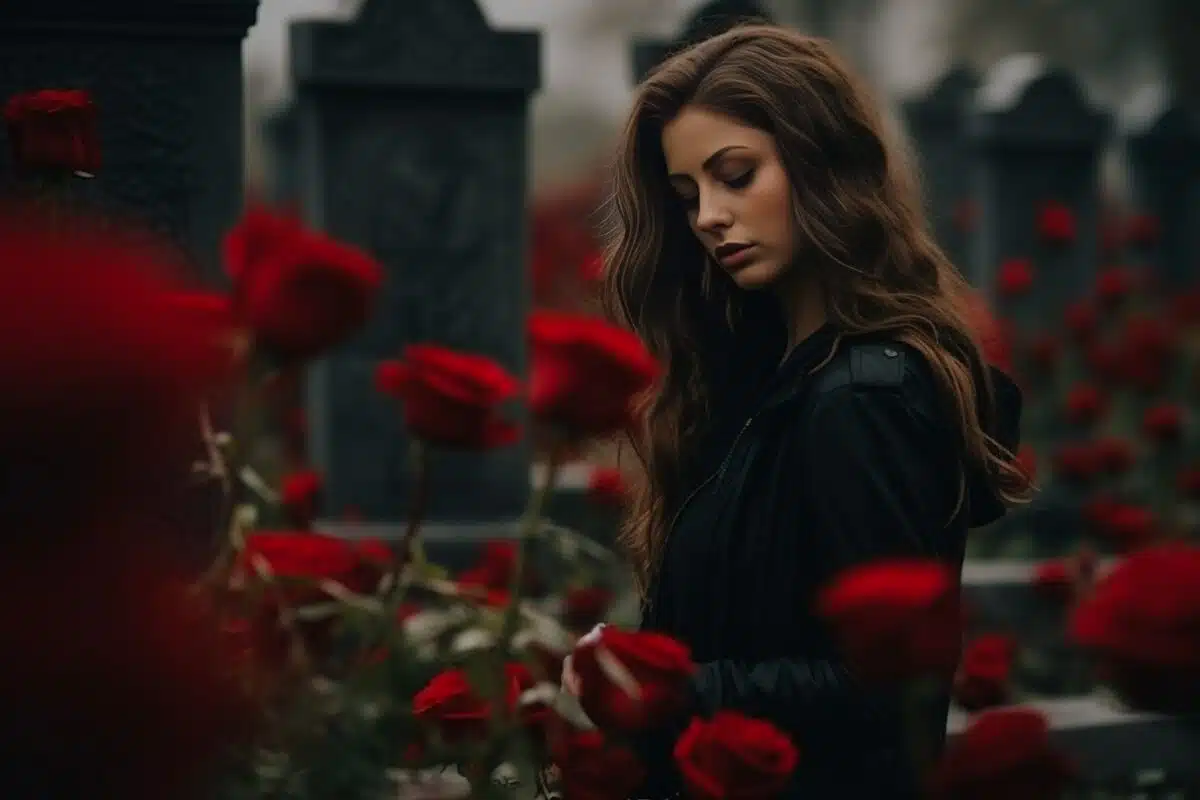
From Ode to a Nightingale by John Keats
My heart aches, and a drowsy numbness pains
My sense, as though of hemlock I had drunk,
Or emptied some dull opiate to the drains
One minute past, and Lethe-wards had sunk:
‘Tis not through envy of thy happy lot,
But being too happy in thine happiness,—
That thou, light-winged Dryad of the trees
In some melodious plot
Of beechen green, and shadows numberless,
Singest of summer in full-throated ease.
Herein we find a poem that feels more formal but is ultimately similar in its intent.
Keats makes a passionate attempt at capturing emotions, not just in this first verse but in the entire poem.
The great lengths he goes to in order to try and capture a sense of feeling are nearly ludicrous in their scope and extremity, but that’s what makes the poem so endearing.
There is almost a sense of desperation in the poem, as though the writer needs to make this personal experience understood to the reader.
It’s not the narrative or the events of the moment that matter, but an obsessive need to portray the emotional state of the speaker.
Passion is at the crux of the poem here, as is common in Romantic art as a whole.
Tips for Writing Romantic Poetry

It should be noted, of course, that poems written in the here and now are not technically Romantic poems, as the era itself is dead and gone.
Still, the school of thought is alive and well in poetry, so there is a great deal of value in looking back at the styles of Romantic writers and creating something new from them.
As with any far-reaching movement, one of the best ways to get a feel for Romantic poetry is to immerse yourself in the writings of the time.
Nothing I can say to describe the movement here will outweigh the knowledge you would get from skimming through dozens of poems from the time period and getting a feel for what was going on, intellectually and emotionally.
While this is a shallow way to think about it, Romantic poetry is the type of poem our minds tend to go to when we hear the word poetry.
If you immediately think of the emotional impact of poetry and the nuances of metaphor and imagery wound tightly around a love of nature and expression, then that’s already well over halfway toward the mindset you need to be in.
Another way to confine your poetry to the Romantic is to remember what it was rebelling against.
Reject any notion that the human experience can be defined by science and intellectual understanding.
Accept that your poems will only ever be an attempt to express something, and that the “something” they are trying to express will always be immaterial and unknowable to some extent.
Reach out with your poetry and into a realm of what you believe to be the sublime, an experience greater than what can be achieved without art and creativity.
A state of mind that only the imaginative can hope to transcend to.
Be hyperbolic.
Poet’s Note
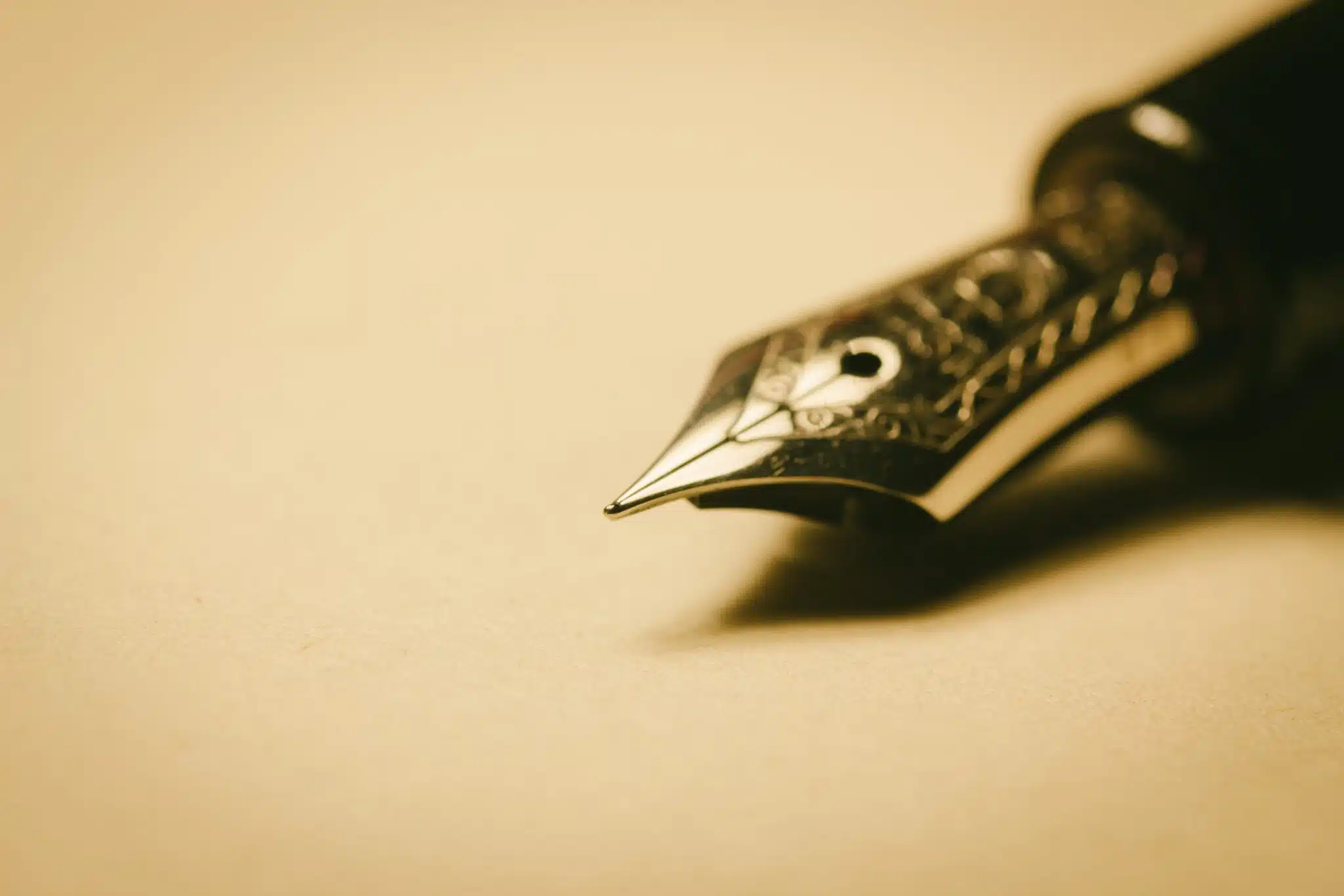
No matter how long you may live, you will not develop a singular definition of the sublime that satisfies everyone.
You may try, but you will fail.
That doesn’t mean it’s not worth trying, but you should go into any study of poetry and the arts knowing that the whole point of the sublime is that it’s always a little beyond us.
Just out of reach, much like the oft-rumored meaning of life.
Sublime is a term that is subjective, artistic, weighted, and faulty.
It is inherently flawed as an expression, because it can never have an operational definition.
And that’s exactly what makes it so appealing.
Comprehensive Collection of Poetry Forms: Craft Words Into Art

Dare to traverse the entire spectrum of poetic forms, from the commonplace to the extraordinary?
Venture from the quintessential Sonnet to the elusive Mistress Bradstreet stanza, right through to the daunting complexity of Cro Cumaisc Etir Casbairdni Ocus Lethrannaigecht.
For those with a zeal to encounter the full breadth of poetry’s forms, this invitation is yours.
Start exploring the vast universe of poetic ingenuity with our comprehensive array of poetry forms right now!
